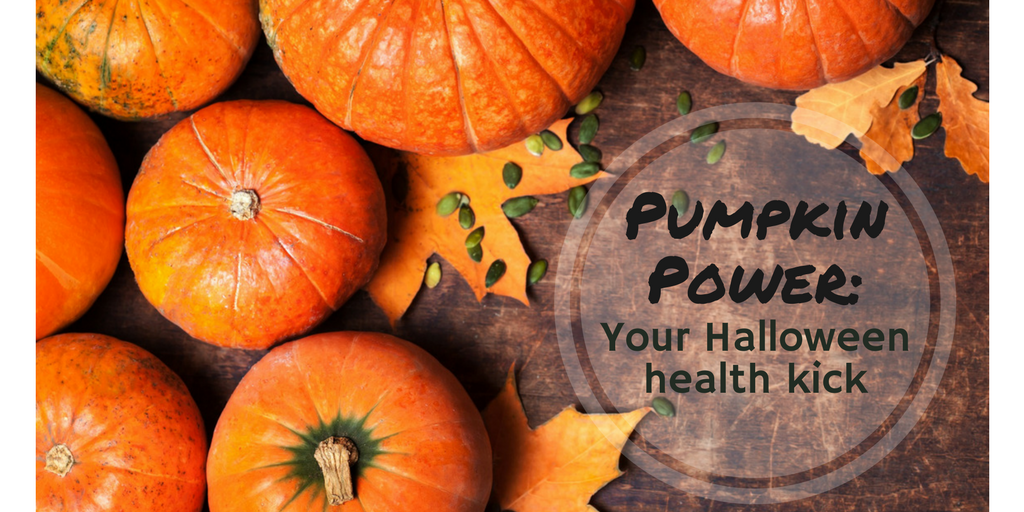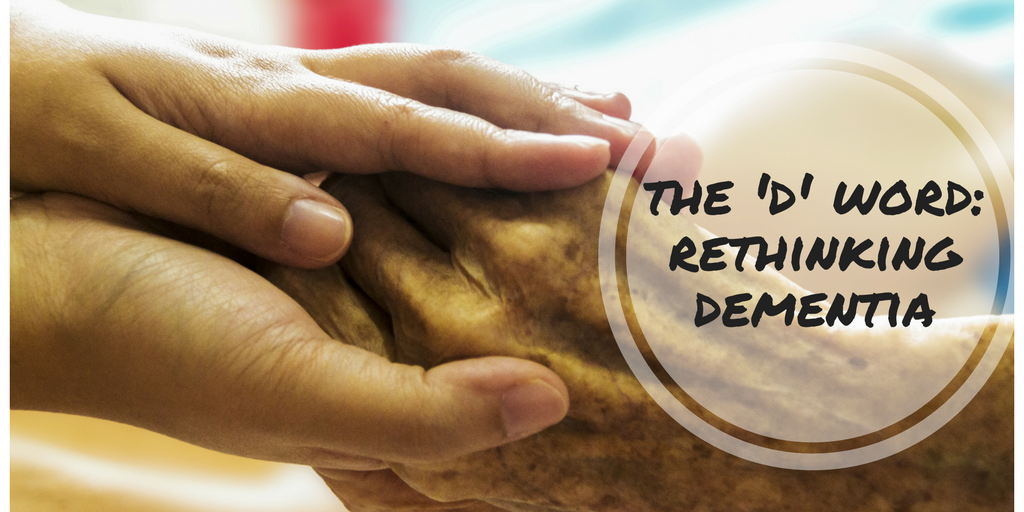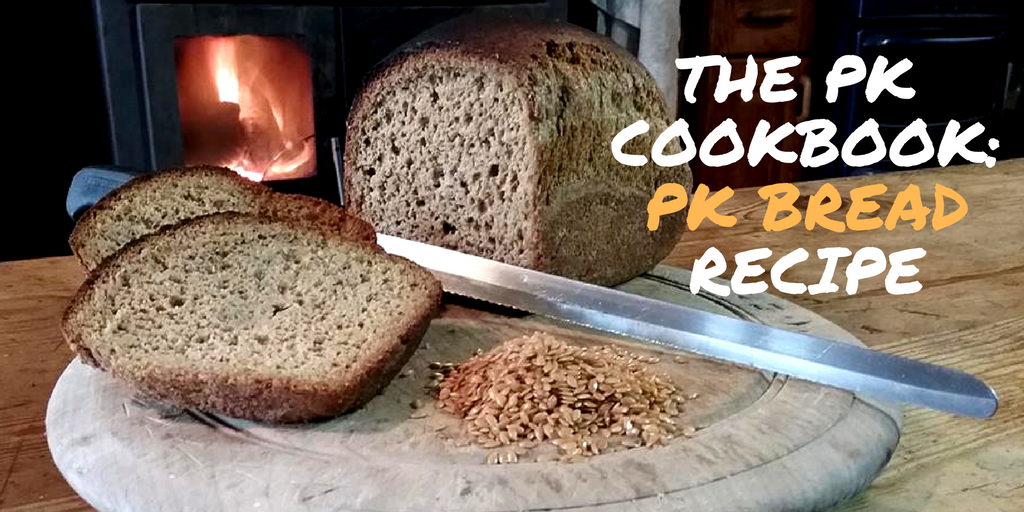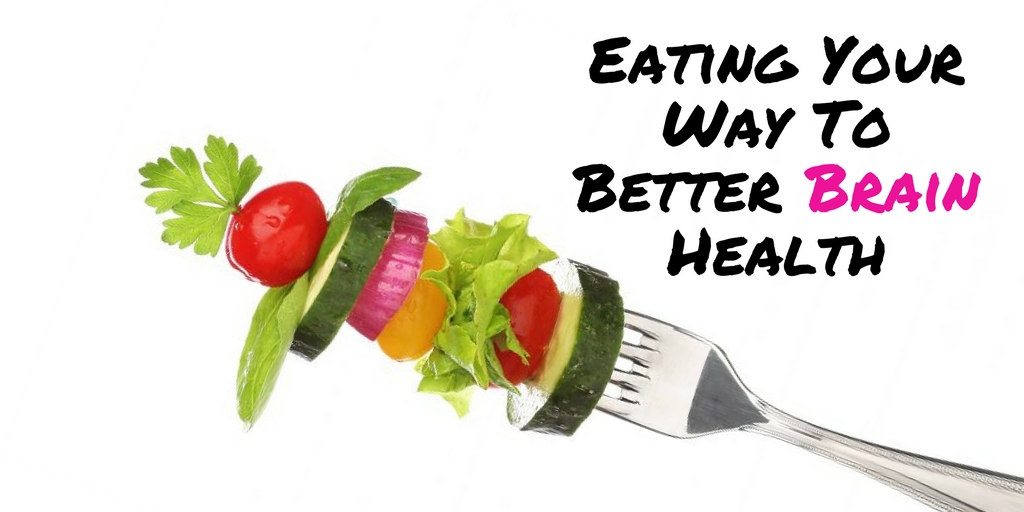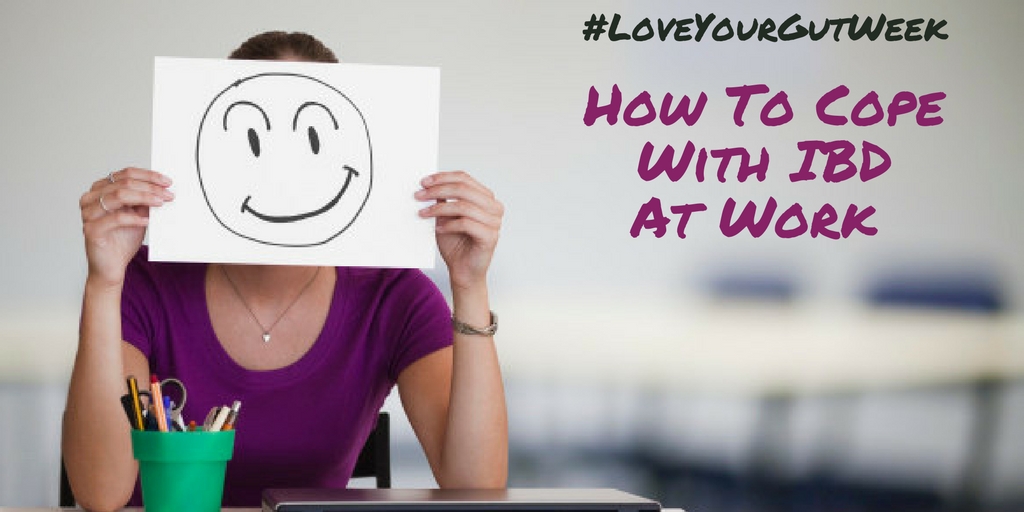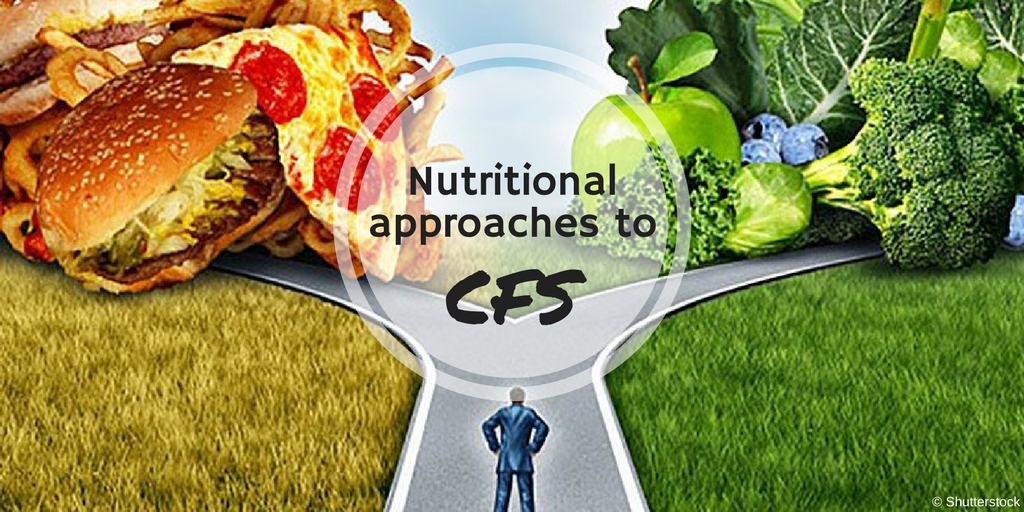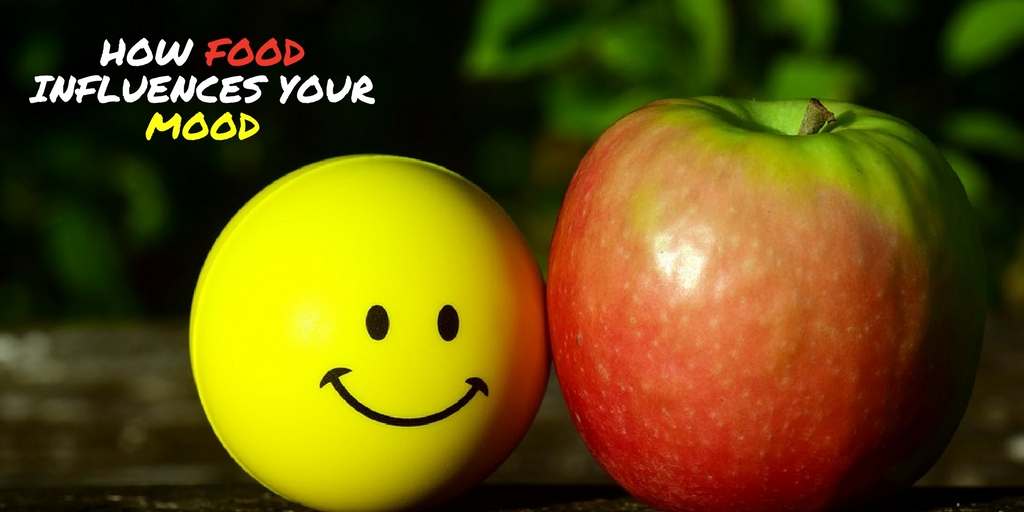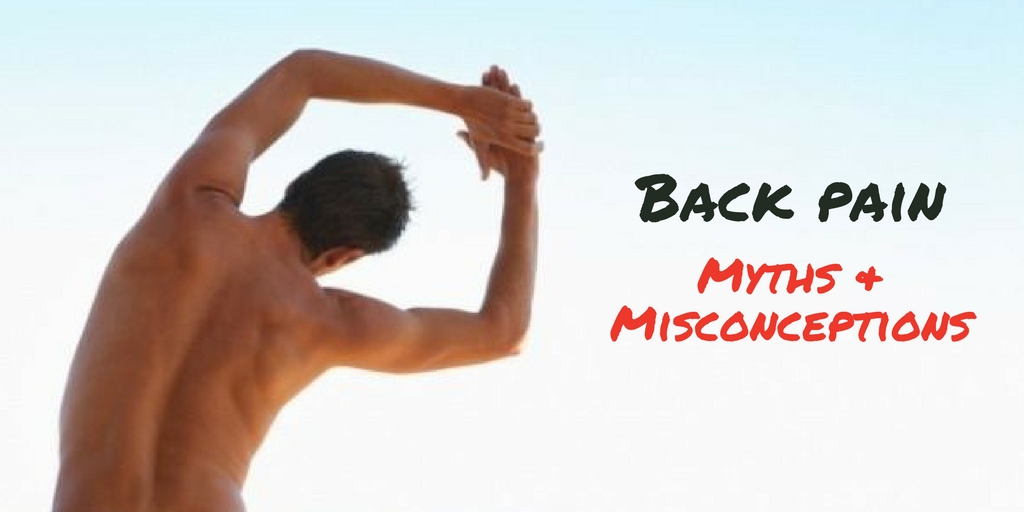
Chapter 4
Myths and Misconceptions
Back pain, as the statistics demonstrate, is extremely common. In the same way that everybody has a view and advice to give on the best way to cope with and eliminate the symptoms of a head cold, personal experiences of back pain also bring forth theories and guidance without necessarily the professional knowledge to support it. From this inevitably grow myths and misconceptions which, although given with good intention, give rise to a great deal of conflicting information and confusion.
There is also much evidence to suggest that the way in which we overwork our spines and the connecting muscles can do us a great deal of harm. Add this to the many misunderstandings about back care and we not only inhibit our ability to recover speedily from injury, but can also subject ourselves to unnecessary weakening of our back muscles. How to assess the risk involved in a manual task and carry it out safely is more fully discussed in Chapter 8; here I will tackle the most common misunderstandings about what is good and bad for backs.
‘Put your back into it’
Seldom do the sayings and proverbs of past generations convey anything but good sound advice but one such phrase, ‘Put your back into it’, can certainly be misinterpreted. This saying might suggest that increasing physical effort by using enormous force to push, pull or lift something, will help the desired task to be better achieved. It is more likely, however, to have the opposite effect and even give you an injury. Its inference, that the spine is always the strongest part of the body, sometimes leads us to undertake physical effort far beyond our safe capability.
The following commonly believed myths and misconceptions lead many of us to take the wrong sort of action. This is usually at a time when we most need to follow the best possible advice.
‘You should sleep on a hard mattress’
How often have we been enticed to purchase an extra firm ‘orthopaedic’ mattress, believing it to be good for our backs? A mattress that is too hard and does not yield slightly to the contours of our spine can put considerable strain on that small area in the lower lumber region which is left with no base on which to rest. The back muscles, when they should be completely relaxed, are therefore given the work of supporting the weight of the lower organs of the body throughout the night. This can result in stiffness and pain in the mornings. A slightly gentler mattress, therefore, will not only provide consistent support along the length of the natural curvature of the spine, but will aid more restful sleep.
It is important when buying a mattress to take plenty of time to try it out for comfort before making your choice. Lie on the bed. All good stores provide shoe protection on their display beds. Mattresses should be neither too hard nor too soft. Slide a hand under the small of your back and feel if there is a gap. Lie on your side or in the position which you normally find most comfortable at night to establish whether the whole line of your body is straight and will be adequately supported during the hours of rest and sleep. A mattress which sags is equally bad for you. Spending many hours curved like the shape of a slice of melon will mean that you will not only start the next day with a stiff, aching back but with lethargy as well from insufficient quality sleep.
It is a very good idea to try a range of beds from different manufacturers before making your choice. A bed should be one of our most important purchases, especially as we spend almost one third of our lives in bed, so don’t be afraid to be fussy. You will be spending many hours of every day either appreciating or regretting your eventual choice.
‘I hurt my back because I got tired’
One fact which often causes surprise is the time of day when you are most likely to strain your back. It is not always in the late evening when you are tired, but more likely to be in the early morning before the muscles have had time to warm up. The pain, however, may not be felt until later in the day or even when you eventually sit down to rest. Unfortunately, before embarking on household tasks or ‘DIY’ jobs, we seldom consider that we should ‘warm up’ our muscles like a sportsman. It may seem a little extreme to be stretching and carrying out a few exercises before hanging wallpaper or digging the garden, but it can be the difference between a successful day and one which results in misery.
‘I’ve put my back out’
Another misconception is that a sudden, severe onset of back pain is always as the result of a ‘slipped disc’. Intervertebral discs do not just carelessly slip out of position and in fact less than 5% of all back pain suffered is the result of a disc becoming displaced or squeezed between the bones of the spine. The vast majority of back pain is caused by the distressing spasm resulting from over-stretched muscles.
However, if the symptoms appear more serious than just muscle spasm with generalised aching, and involve leg pain, severe immobility or numbness/pins and needles down the legs, then the possibility of a prolapsed disc should be considered. This should be examined by a medical practitioner as the situation requires accurate diagnosis before embarking on any programme of rehabilitation. Very occasionally, as the result of severe trauma such as a fall or sporting injury, a fracture dislocation is possible, but this is a matter requiring urgent medical attention.
‘I need to lie on the floor for six weeks’
At one time, when back pain struck, it was common practice to lie on the floor for perhaps up to six weeks, or to go to bed and stay there until the pain subsided. Although initially rest and analgesics (pain-killers) for a day or two will help to relax the injured muscles and relieve spasm, prolonged bed rest has now been proven to worsen the pain and delay recovery. Walking and gentle exercise should be resumed as soon as they can be tolerated. If the spasm is so bad that walking is too painful, frequent stretching and rotation of your ankles will help to stimulate the circulation to your legs and lower part of your body.
‘I’m too young to get back ache’
A popular misconception held by young and fit individuals is that they cannot harm their backs because they are supple and their muscles well-developed. Although youth and fitness are of enormous benefit, nobody can be said to be exempt from a back injury. A single movement repetitively carried out, such as stooping to polish a car, or maintaining an awkward position, for example, sitting slumped in a chair, can bring about the first signs of weakness.
Contrary to common belief, back pain is not infrequent in 30-50 year olds. This is often a time when poor posture and inappropriate lifting techniques which have persisted during the earlier years eventually reveal a physical weakness in the back muscles. Good practice learned in childhood is the best protection against harm. In later years, although natural degenerative processes are responsible for a slight shortening of the spine, reduced muscle tone and decreased bone strength and thickness, elderly people are less likely to over-estimate their ability to move or lift a heavy item. Young men in particular are often reluctant to ask for assistance with a heavy load, perhaps fearing that to do so may appear weak in the presence of their peers.
‘I hurt my back once, so I know it is weak’
Back problems developed in youth or middle age do not have to be an indication that it is the start of a slippery downhill slide into a world of disability, walking sticks or wheelchairs. Strengthening exercises, improved posture and more accurately assessing the tasks to be carried out, will help to prevent recurrence.
‘If I ignore it, it will go away’
Back pain is not something in your imagination or which can easily be ‘worked off’ by persevering with a strenuous physical task. All pain is real and a symptom that something is wrong. By ignoring the pain and continuing with the activity in the hope that eventually it will go away, will more likely exacerbate the problem and delay healing of the strained tissues.
‘An operation is the only answer’
Unfortunately there is no ‘quick fix’ for back pain. Surgery to the back does not guarantee to cure all types of back pain in the long term. Statistics show that up to 30% of patients may suffer in some way from the effects of the surgery or may not even gain adequate relief from their original backache. Your orthopaedic surgeon will discuss both the need and implications of any kind of invasive procedure to make sure that you fully understand the anticipated outcome of such surgery. He will also want to be sure that all other more conservative treatments have been thoroughly explored first.
‘You can see that I am in pain’
There are very few signs, if any, to the casual observer that someone is suffering from constant, nagging back pain. Recovering from back pain can take anything from a few days to several weeks. This sometimes means that sympathy and patience can wear a little thin, even drawing accusations of laziness or being ‘workshy’. Back pain is not, however, a problem that you have to live with. There are many solutions, appropriate to individual circumstances, including both orthodox medical treatments and alternative therapies, which can be very helpful.
Positive conclusion
Back pain that is not actively challenged is unlikely to be a ‘once-in-a-lifetime’ event. It is important to keep that in mind – it is not a myth! However, when life is back to normal and full mobility restored, the whole event and its accompanying misery may be quickly forgotten. Do not drop your guard – it is a recognised fact that following one episode of back pain, you are three to four times more likely to suffer its wrath again. Therefore, as soon as full mobility has been restored is the time to make the conscious decision to improve your everyday posture and lifting techniques. This makes muscle-strengthening exercises (see chapter 12) all the more important to prevent that recurrence. First, however, we will look at the causes of back pain.
This blog is taken from ‘The Smart Guide to Back Care’ by Janet Wakley.
